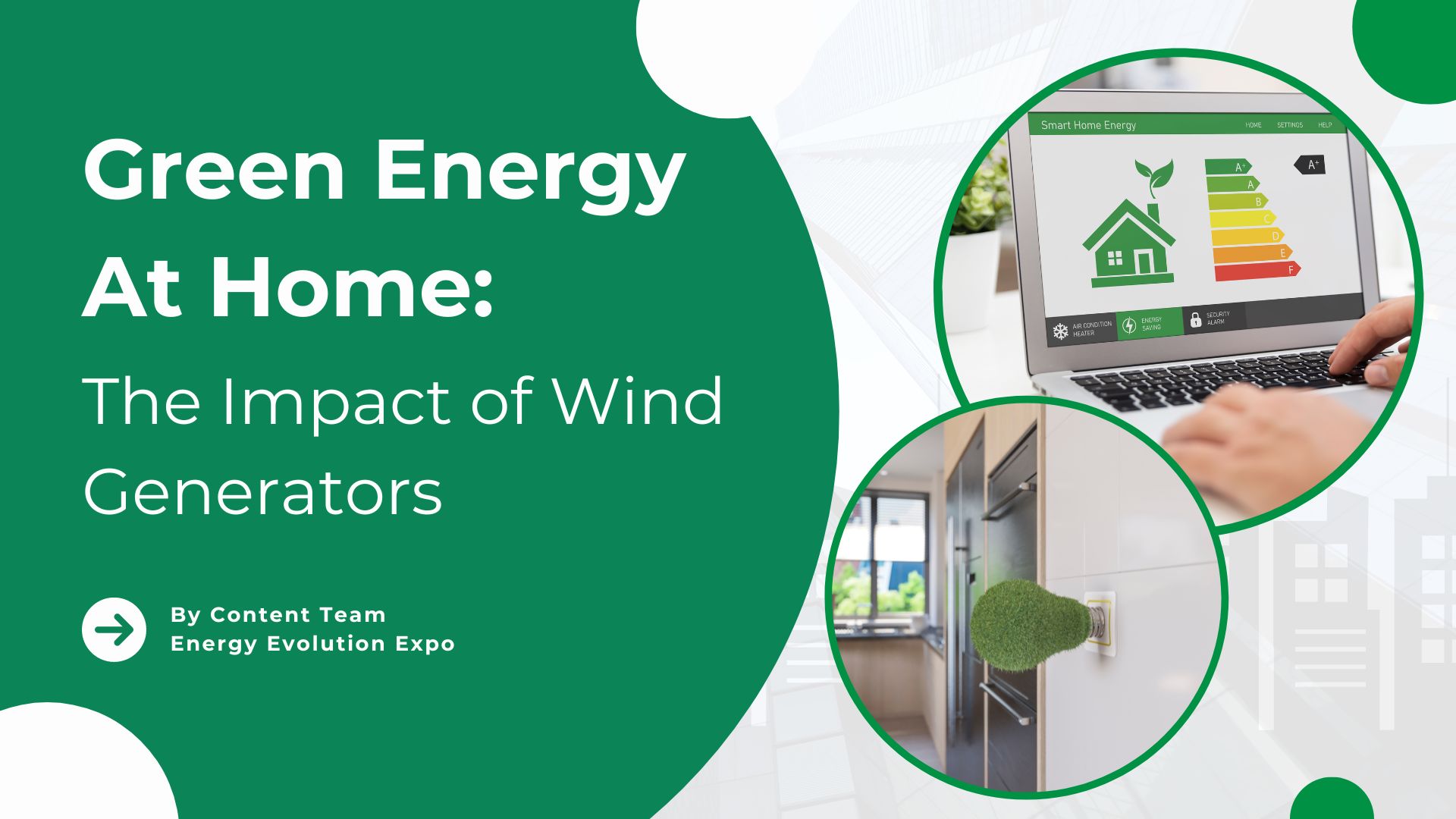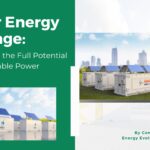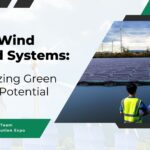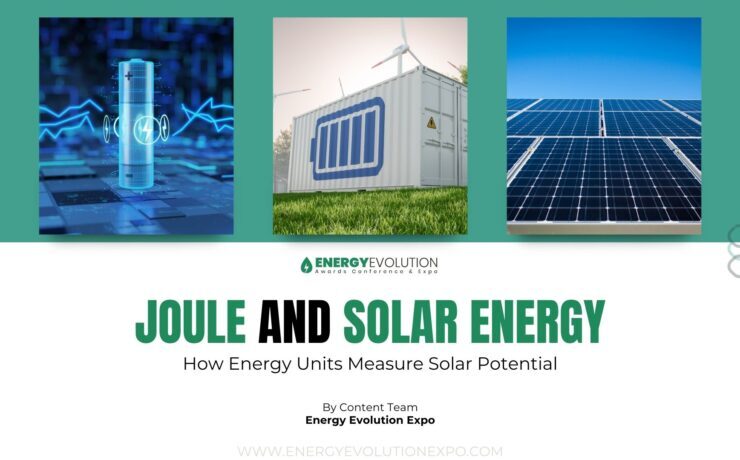Green Energy At Home: The Impact of Wind Generators

In our quest for sustainable and renewable energy sources, wind generators are becoming an increasingly popular option for residential energy needs. This blog explores what wind generators are, the types available, their energy production capabilities, real-life examples of manufacturers, and companies providing installation services. We’ll also discuss how these generators contribute to sustainability.
Wind generators, also known as wind turbines, convert kinetic energy from the wind into electrical energy. They are an essential part of the renewable energy landscape, helping to reduce dependence on fossil fuels and decrease carbon emissions. For homeowners, wind generators offer a way to generate electricity on-site, potentially reducing electricity bills and providing a reliable power source.
Types of Wind Generators
1. Horizontal-Axis Wind Turbines (HAWTs)
These are the most common type of wind turbines, featuring blades that rotate around a horizontal axis. Bergey Excel 6, Skystream 3.7 are few examples.
2. Vertical-Axis Wind Turbines (VAWTs)
These turbines have blades that rotate around a vertical axis, making them effective in variable wind directions. Example Models are Windspire, Helix Wind.
3. Small Wind Turbines
These are designed for residential use, typically producing up to 10 kW of power. Examples include Windtronics BTPS 6500, Honeywell WT6500.
Energy Production Data
The amount of energy produced by a wind generator depends on several factors, including the turbine’s size, wind speed, and site location. Here’s a rough estimate of energy production for different turbine sizes:
Small Wind Turbines (1-10 kW) can generate between 900 to 12,000 kWh per year, depending on wind conditions.
Medium Wind Turbines (10-100 kW) are suitable for larger homes or small businesses, producing up to 300,000 kWh per year.
Large Wind Turbines (100 kW and above) are typically used in commercial settings, but some advanced residential setups can utilize them, producing over 500,000 kWh annually.
Following are some examples of Wind Generators brought into practical application:
1. Skystream 3.7
This is originally developed by Southwest Windpower and now under Xzeres Wind. The Skystream 3.7 is a grid-tied, horizontal-axis wind turbine designed for residential applications. It features a sleek, compact design that integrates well into residential settings. It is known for its efficiency and reliability, producing more energy at lower wind speeds compared to many other small wind turbines.
Some of its key Specifications:
– Power Output: 2.4 kW rated power
– Rotor Diameter: 12 feet (3.72 meters)
– Cut-In Wind Speed: 8 mph (3.5 m/s)
– Annual Energy Production: Approximately 400-900 kWh per month, depending on wind conditions
2. Bergey Excel 6
This is developed by Bergey Windpower. The Bergey Excel 6 is a small wind turbine designed for residential, agricultural, and small business applications. It is known for its durability and low maintenance, the Excel 6 can withstand harsh weather conditions and has a long lifespan.
Specifications:
– Power Output: 6 kW rated power
– Rotor Diameter: 21 feet (6.4 meters)
– Cut-In Wind Speed: 7 mph (3.1 m/s)
– Annual Energy Production: Approximately 13,000 kWh, depending on wind conditions
3. Primus Wind Power Air 30
This one is developed by Primus Wind Power. The Air 30 is a small, compact wind turbine suitable for off-grid applications, including cabins, RVs, and boats.These are lightweight and easy to install, the Air 30 is designed for low-wind-speed environments and offers reliable performance in off-grid setups.
The Specifications are listed below:
– Power Output: 400 W rated power
– Rotor Diameter: 4.6 feet (1.17 meters)
– Cut-In Wind Speed: 7 mph (3.1 m/s)
– Annual Energy Production: Approximately 100 kWh, depending on wind conditions
4. Honeywell WT6500
Originally developed by Windtronics, the Honeywell WT6500 is a unique, gearless wind turbine designed for residential and small commercial use. With its innovative blade design and low cut-in wind speed, the WT6500 can generate power in very light winds, making it suitable for a variety of locations.
The specifications are:
– Power Output: 1.5 kW rated power
– Rotor Diameter: 6 feet (1.83 meters)
– Cut-In Wind Speed: 2 mph (0.9 m/s)
– Annual Energy Production: Approximately 2000 kWh, depending on wind conditions
5. Windtronics BTPS 6500
The Windtronics BTPS 6500 is another compact, efficient wind turbine for residential use.Similar to the Honeywell WT6500, the BTPS 6500 features a gearless design, allowing it to operate efficiently at low wind speeds.
The specifications are:
– Power Output: 1.5 kW rated power
– Rotor Diameter: 6 feet (1.83 meters)
– Cut-In Wind Speed: 2 mph (0.9 m/s)
– Annual Energy Production: Approximately 2000 kWh, depending on wind conditions.
6. Windspire
Manufactured by Windspire Energy, the Windspire is a vertical-axis wind turbine designed for residential and urban environments. The vertical-axis design allows the Windspire to capture wind from any direction, making it ideal for locations with turbulent winds or changing wind directions.
Specifications are:
– Power Output: 1.2 kW rated power
– Rotor Height: 30 feet (9.1 meters)
– Cut-In Wind Speed: 8 mph (3.5 m/s)
– Annual Energy Production: Approximately 2000 kWh, depending on wind conditions
Companies Providing Installation Services
1. United Wind
They provide wind turbine leasing options and installation services across the United States.
2. Southwest Windpower
They specialize in small wind turbine installation and maintenance.
3. Endurance Wind Power
They offer turnkey solutions, including installation and ongoing support for residential and commercial wind turbines.
Achieving Sustainability with Wind Generators
Wind generators play a crucial role in the transition to sustainable energy. By harnessing wind power, homeowners can significantly reduce their carbon footprint and dependency on non-renewable energy sources. The initial investment in wind generators can be offset by long-term savings on electricity bills and potential incentives or rebates from government programs.
Moreover, the use of wind energy contributes to energy independence and resilience, particularly in remote or off-grid locations. As technology advances and installation becomes more accessible, wind generators will likely become a standard component of eco-friendly homes, driving us toward a more sustainable and greener future.
Investing in wind generators is not just a financial decision but a commitment to preserving our planet for future generations. With numerous manufacturers and service providers making wind energy more accessible, now is the perfect time to consider this renewable energy source for your home.
By embracing wind energy, we take significant strides toward a sustainable future, ensuring that our energy needs are met without compromising the health of our environment.
We need to keep up with all recent innovations to reap maximum benefits and to facilitate a better understanding of the latest developments and trends in the Renewable energy Industry, various Conferences and Expos, which bring Industry leaders together, serve as an all-inclusive platform.
The Energy Evolution Awards, Conference, and Expo organized by Next Business Media is making its debut in Spain in 2025. It will be a leading forum dedicated to honoring excellence in Energy Technology, showcasing innovations, and fostering collaborations. The events unite industry leaders, and visionaries to explore the latest advancements, tackle key challenges, and shape the future of Energy.
The Energy Evolution Awards, Conference, and Expo will celebrate outstanding achievements, promote sustainable practices, and drive the Energy Industry forward into a technologically advanced sustainable era. Energy Evolution Awards, Conference, and Expo will be a platform for cultivating innovation and shaping a brighter, more efficient energy landscape.






